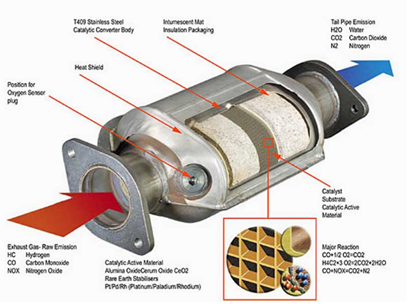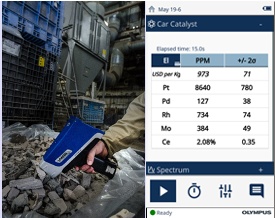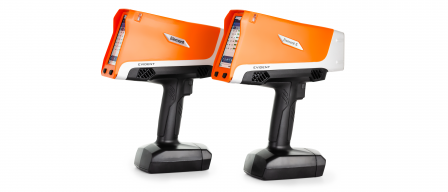In 2020, nearly 78 million motor vehicles were produced around the world. Despite the rising sales and production of electric vehicles (EV), most cars will still have combustion engines with catalytic converters in the coming years.
These car parts require enormous amounts of raw materials. In particular, there is a high demand around the world for platinum, palladium, and rhodium—rare precious metals found inside the catalytic converters. Their job is to help ensure that the unburned residues of carbon monoxide, hydrocarbons, or nitrogen oxides are oxidized and neutralized. These metals are also needed for vehicles in use. After around 100,000 kilometers (62,137 miles), catalytic converters usually need to be replaced.
However, the extraction of these ores is costly and polluting. For just one gram of platinum, around 300 kg (661 lb) of rock must be extracted from a depth of up to 1,000 meters (3,281 ft). Despite the effort and costs required for extraction, the large mines in Africa, Russia, and the Americas can hardly keep pace with the increasing demand.
Recycling spent car catalytic converters is much more environmentally friendly and conserves resources. Platinum, palladium, and rhodium can be recovered from spent catalyst and reused to make new catalysts when the scrap is properly sorted and prepared.
Precision and Transparency Create Confidence
The prices of these valuable metals fluctuate due to changing demands, production volumes, and supply bottlenecks. Precision, speed, and transparency are needed throughout the recycling process to correctly identify and price these costly metals.
Gebrüder Naim OHG in Saarbrücken, an international recycling company that maintains relationships with suppliers and customers in 50 countries around the world, knows the value of accurate pricing. The recycler has been active in scrap wholesale since the beginning of the 2000s and has focused on the purchasing, processing, and sale of catalysts for many years. Between 300 kg (661 lb) and 10 tons (20,000 lb) of raw material arrive from suppliers from all over the world—sometimes by sea freight from South Africa and Australia.

Figure 2: Incoming catalysts
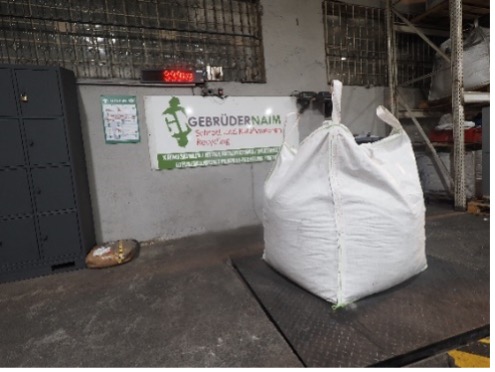
Figure 3. Weighing the incoming goods
Their successful relationships with business contacts are based on precise, quick analysis results for the price agreement, as well as openness and honesty. Fast, on-site verification of precious metal content in catalyst scrap helps them build trust and avoid fraud. The recycler relies on handheld X-ray fluorescence (XRF) analysis to precisely determine the many chemical elements present in a catalyst sample. They perform this test using the Olympus Vanta™ handheld XRF analyzer (VLW model).
Fast Elemental Analysis Results to Verify Precious Metal Content
The Vanta analyzer is rugged and dust- and water-resistant for greater uptime and a lower cost of ownership. The device is equipped with the innovative Axon Technology™ developed by Olympus for fast, exact, and reproducible results (test-to-test and device-to-device). The analyzer provides quick answers by measuring the fluorescent X-rays emitted by a sample when excited by an X-ray source. Within 30 seconds, the analyzer determines the amount of up to 25 elements in a sample.
In addition to platinum, palladium, and rhodium, the analyzer may show other elements such as cerium, tungsten, nickel, and ruthenium in catalyst samples. The amount of lead is determined, as it can influence the weight of the raw material and thus pricing. The amount of tantalum and selenium is also measured, as their characteristic energy lines can overlap the lines of platinum. Without knowing these elements are present, a recycler could incorrectly determine that the catalyst scrap has excessive amounts of platinum. The Vanta analyzer avoids this issue thanks to intelligent algorithms. The result is remarkable precision that is 99% consistent with laboratory evaluations.
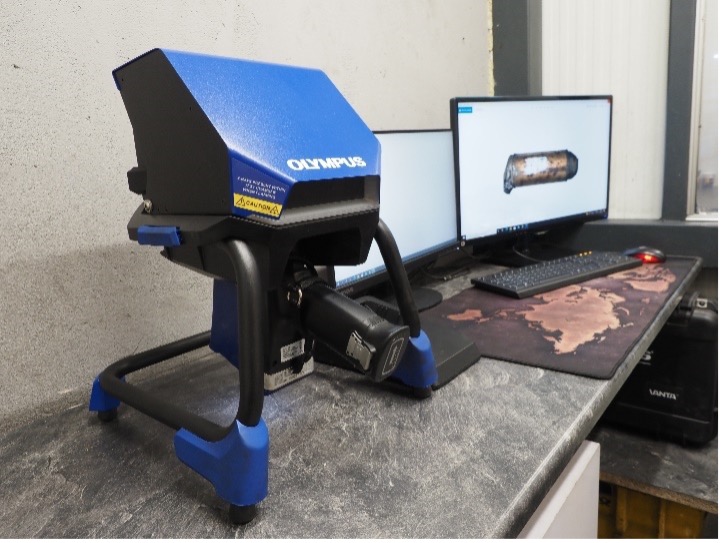
Figure 5: Analysis of the catalyst sample using a Vanta VLW analyzer and Vanta Work Station
Analyzing and Processing the Catalyst Scrap
Small quantities of supplied catalytic converters can be analyzed and fully calculated within a very short time. The catalytic converters are cut and pressed to access the ceramic monoliths, or cores, located inside the housing or body that are coated with precious metal.
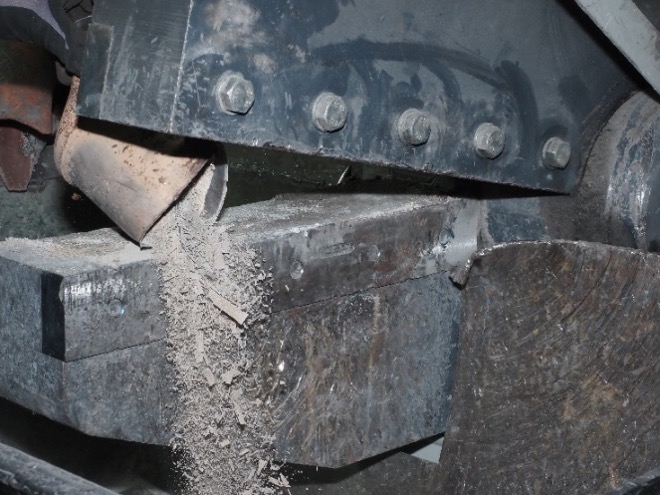
Figure 6: Opening the catalyst
While the housing scrap is sent for steel recycling, the valuable monoliths are ground in a ball mill and then sieved, homogenized, dried, and mixed. A sample of the powder is pressed with a binding agent and divided into three parts.
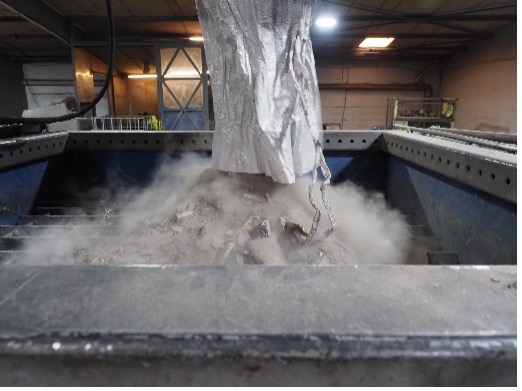
Figure 7. Monoliths are ground in the ball mill
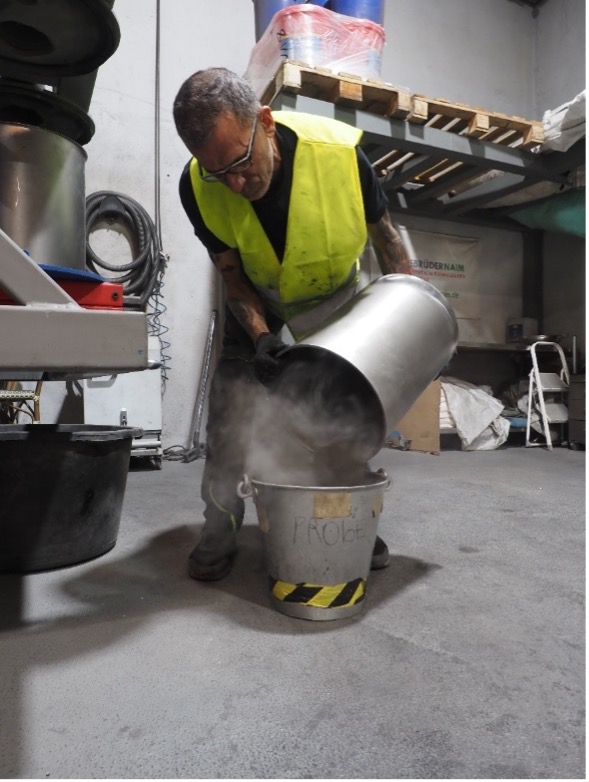
Figure 8. Sampling
One part goes to the supplier for control, who often verifies it with their own Vanta analyzer. Another part remains with the recycler. The last part serves as a reserve sample. Finally, the handheld XRF analysis is performed using the Vanta analyzer.
For larger delivery quantities, the sample is also sent to an external laboratory for wet chemical analysis, where the powder can be converted into a liquid sample and the various precious metals can be read out. The results achieved from this method cannot be surpassed in terms of precision. However, it often takes a week to get results and the costs are respectively high. For these larger quantities, the recycler will often first pay a significant percentage of the value based on the in-house analysis and then pay the settlement after the external laboratory result is received. This process is known as toll refining, with the settlement based on the assay.
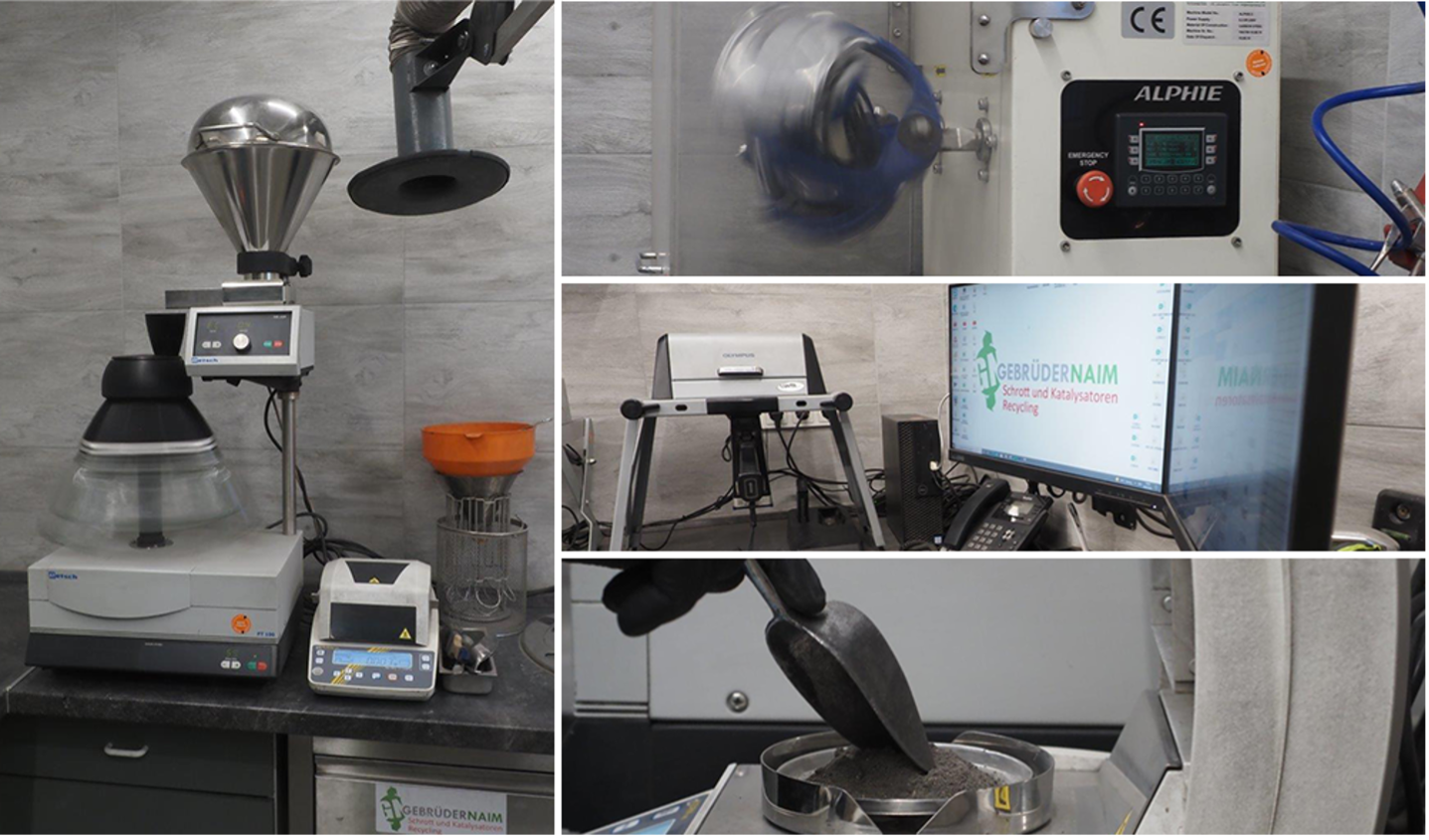
Figure 9: Analysis of catalyst samples in the laboratory
After the supplier's calculation, the entire milled inner components of the catalytic converters are sold to various refiners around the world for the recovery of the precious metals.
Thanks to the Vanta handheld XRF analyzer, recycling companies can immediately and transparently verify the content of offered goods for a quick, fair price agreement that benefits both sides. This assurance can lead to long-term business relationships and profitability.
